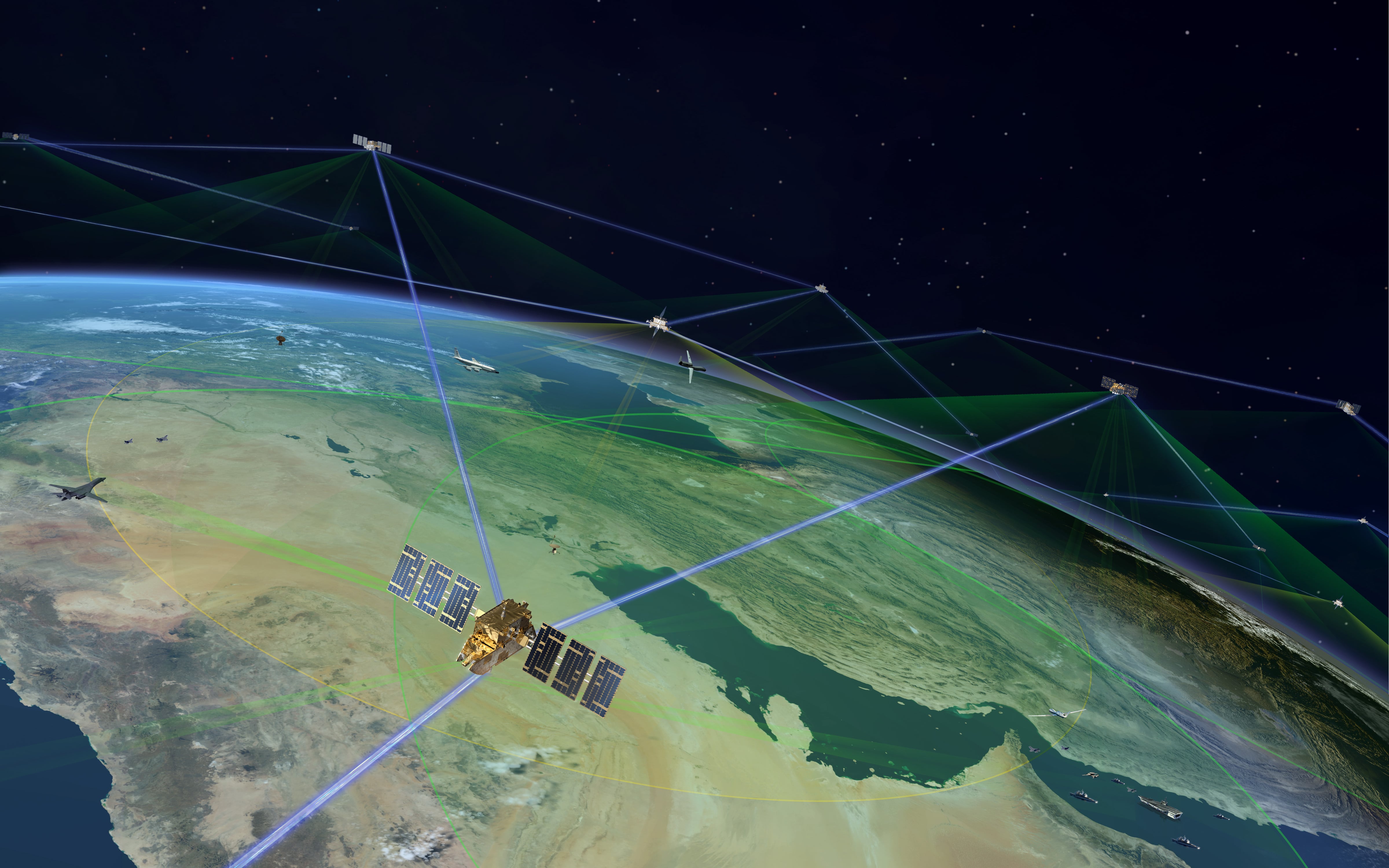York Space Systems confirmed today it has delivered all of the 21 satellites that will fly next month on the long-anticipated first launch of the Space Development Agency’s first operational data transport satellites.
“Our satellites are built, delivered, and ready for launch, now all that’s left is integration with the rocket,” Melanie Preisser, York’s vice president and general manager, said in a statement. “Once deployed, these systems will provide on-orbit Link 16 connectivity to the warfighter.”
The Sept. 10 launch, which will fly from Vandenberg Space Force Base in California, will kick-start a months-long campaign to deliver 126 data transport and 28 missile warning and tracking satellites to low Earth orbit.
The transport constellation is designed to provide global communications and persistent, secure connectivity for military users. It’s envisioned as the backbone of the U.S. Defense Department’s plan for linking systems operating in different domains.
The mission was originally slated to fly in 2024, but supplier delays pushed it back about a year. Despite the slowdown, SDA says it’s on track to meet its requirement to have a complete, operational Tranche 1 constellation in orbit providing an “initial warfighting capability” by 2027.
York is a key provider for SDA’s Proliferated Warfighter Space Architecture — a mega constellation of small missile warning and data transport satellites in low Earth orbit. The firm is building 136 satellites over three phases of the agency’s Transport Layer. Ten of those satellites have already launched as part of the first phase, Tranche 0, and the remaining satellites will launch in batches over the next few years.

The firm is one of three companies — including Lockheed Martin and Northrop Grumman — building satellites for the Space Force’s first operational tranche of data transport satellites.
For York, the mission is one of five it will support this year, its busiest cadence to date.
In June, its experimental Dragoon spacecraft flew for SDA, followed in July by a communications satellite called BARD that it built for NASA. Also on deck is a classified project called Tyndal and another SDA transport launch at the end of this year.
Courtney Albon is C4ISRNET’s space and emerging technology reporter. She has covered the U.S. military since 2012, with a focus on the Air Force and Space Force. She has reported on some of the Defense Department’s most significant acquisition, budget and policy challenges.








